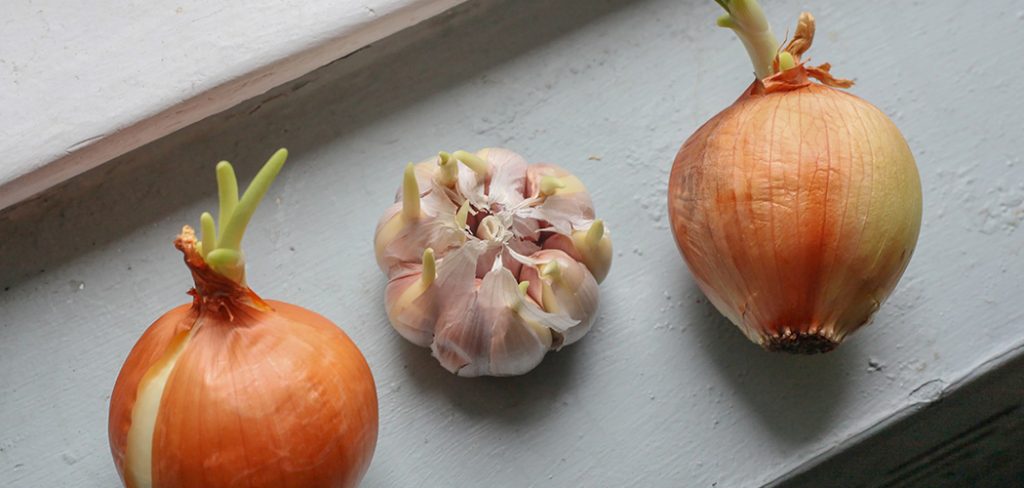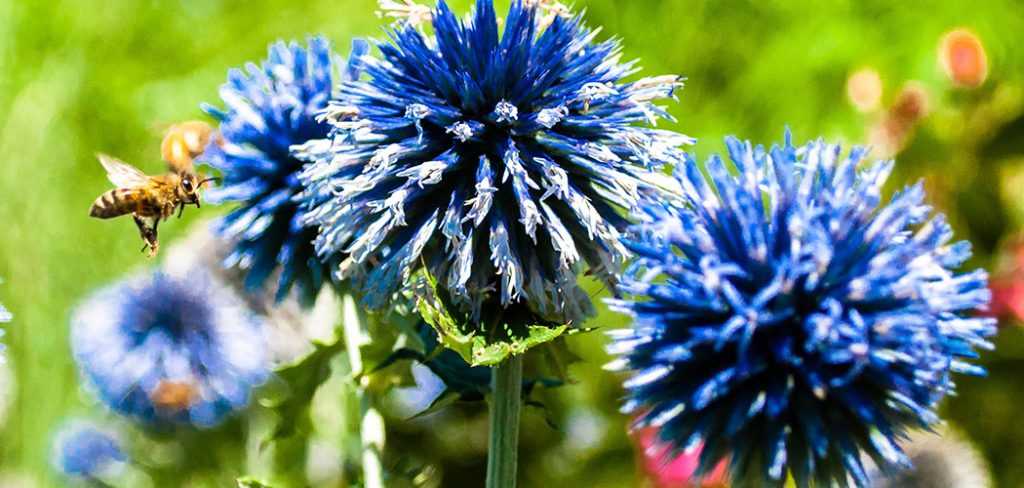Pruning is the practice of cutting parts of the plant to promote new growth and to improve the overall health of the plant. It plays a crucial role in making the plant last longer. The same is the case for herbs. They may not need pruning to get them going, but their survival and health, in the long run, depends on proper pruning. Pruning helps to free up space for air circulation and sunlight penetration. It improves the quality and flavor of our herb.
There are many different kinds of herbs and each has its own pruning needs. Looking into every herb separately will cost you a lot of time. That’s where this ‘how to prune herbs’ guide will come in handy. After hours of research, we have compiled this simple guide to help you on your pruning journey.
7 Essential Tips to Master Pruning:
1) Know Which Herb To Prune and How?
In a nutshell, there are two kinds of herbs: soft and leafy herbs like basil, woody herbs like rosemary.
Leafy herbs are grown for their flavorful foliage. But, they start to die out after blooming. Pruning can extend their useful life. It also helps to make the plant bushier. Cilantro, oregano, chives, sweet basil, mint, tarragon, and basil are included in this category.
If your leafy herbs have become leggy over time, cut them to half to make them bushier.
Woody herbs should be pruned once every year preferably in spring when new growth has emerged. They get woodier and denser with each season. As a rule, woody stems don’t produce new growth then what’s the point?.
When pruning these herbs, it’s best not to remove more than one-third as it could impact the plant’s ability to grow. These herbs can produce great results by pruning just once a year.
2) Only Prune With Clean and Sharp Shears:
Pruning is a beneficial practice for the plant. However, If done with the wrong tools, can cause more harm than good. Make sure that your tools are thoroughly clean from germs and infection. Also, remember to pick sharp tools as uneven cuts can retain water which can cause rot as well as diseases.
3) Pinch Off New Growth:
In early spring, pinch off new growth from annual as well as young perennial plants. This is a very crucial step in the growth of the plant and can prove to be the difference between a strong and a weak plant. Make sure to cut just above the buds as they are the site of new growth.
3) Get rid of Unwanted Growth:
Cut the unwanted leaves and stems from thicker, older herbs in late spring. Usually, these are the damaged and stray branches and leaves. Also, get rid of any crisscrossing branches as they block the sunlight from other branches and make the plant congested. Congested plants are more prone to diseases.
BONUS TIP: Prune your herbs first thing in the morning to extract fresh flavors.
4) Don’t cut close to winter:
This point can’t be stressed enough. The beneficial activity of pruning can become detrimental to the plant if done at the wrong time. Pruning close to the winter will expose tender new growth to the effects of harsh weather. The likelihood of cold injury will increase, and a big part of the plant can become unusable. This is especially true for the perennial herbs.
5) Deadheading:
Flowering is always a pleasant sight. But, there’s the right place for everything and culinary herbs are certainly not the right places for flowers — as long as you’re not growing for seeds.
Cut the flowering herbs like basil before they have a chance to flower. Flowering causes these herbs to lose their flavor. Consider this analogy — as you mature, your parents become older and weaker (be thankful to your parents!).
However, if the flowers are desired for the more aesthetic plants, deadheading comes into practice. It is the removal of dying flowers before they develop seed pods. Those seeds will consume a lot of the plant’s energy, which could have been utilized for new growth. Also, once those seed pods hit the ground, you will have herbs growing everywhere. You don’t plan on starting a store of herbs, do you?
6) Hard Pruning:
Perennials can be cut to the ground. The best time to hard prune your herbs to the ground is before the start of winter. Prune after the first frost when the plant is dormant so that no new growth emerges for the time being. This will keep the plant safe from harsh weather.
Don’t worry! Your plant will grow back in no time in spring.
7) How to Harvest Herbs?
Herbs will be frequently picked for use in the kitchen. It is important to know how to harvest herbs to make sure that you don’t damage the plant in the process.
Herbs can either be cut or picked depending on the need. How to pick herbs and how to cut herbs for use are two separate questions and need separate consideration.
How to Pick Herbs for Use?
When you only want a few leaves to make your dish flavorful, pick them by slowly pulling on the leave from its base. This will ensure that the separation is clean and no part of leave remains on the branch.
How to Cut Herbs for Use?
When you want whole stems for the kitchen or you are just mass harvesting before the end of the season, the proper cutting technique can save your plants from any future implications.
It’s best to cut between the leaves when cutting out a branch and to cut above 2-3 nodes when cutting the main stem for pruning or harvesting.
Conclusions:
When pruning, don’t go overboard. Make sure not to cut more than one-third of the plant at one time. Plants can go into a shock which can seriously reduce the growth of the plant and it can potentially die. No kidding!
Also, don’t cut near the first frost time as it would make your plant vulnerable to cold injury.
Now you know how to prune herbs. But, all this information won’t benefit you if you don’t act and start pruning your herbs the right way. I have done my part! The ball’s in your court now!

